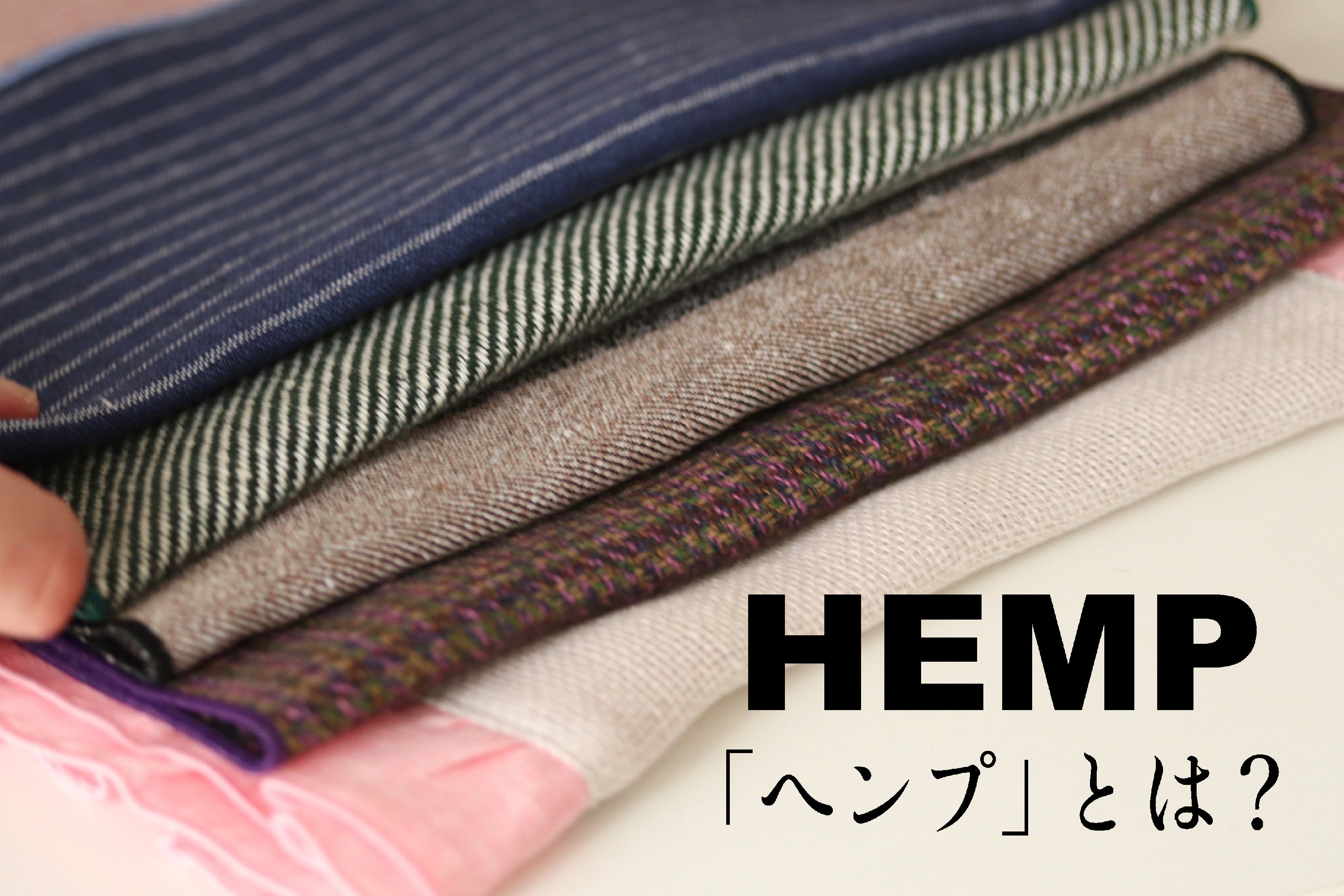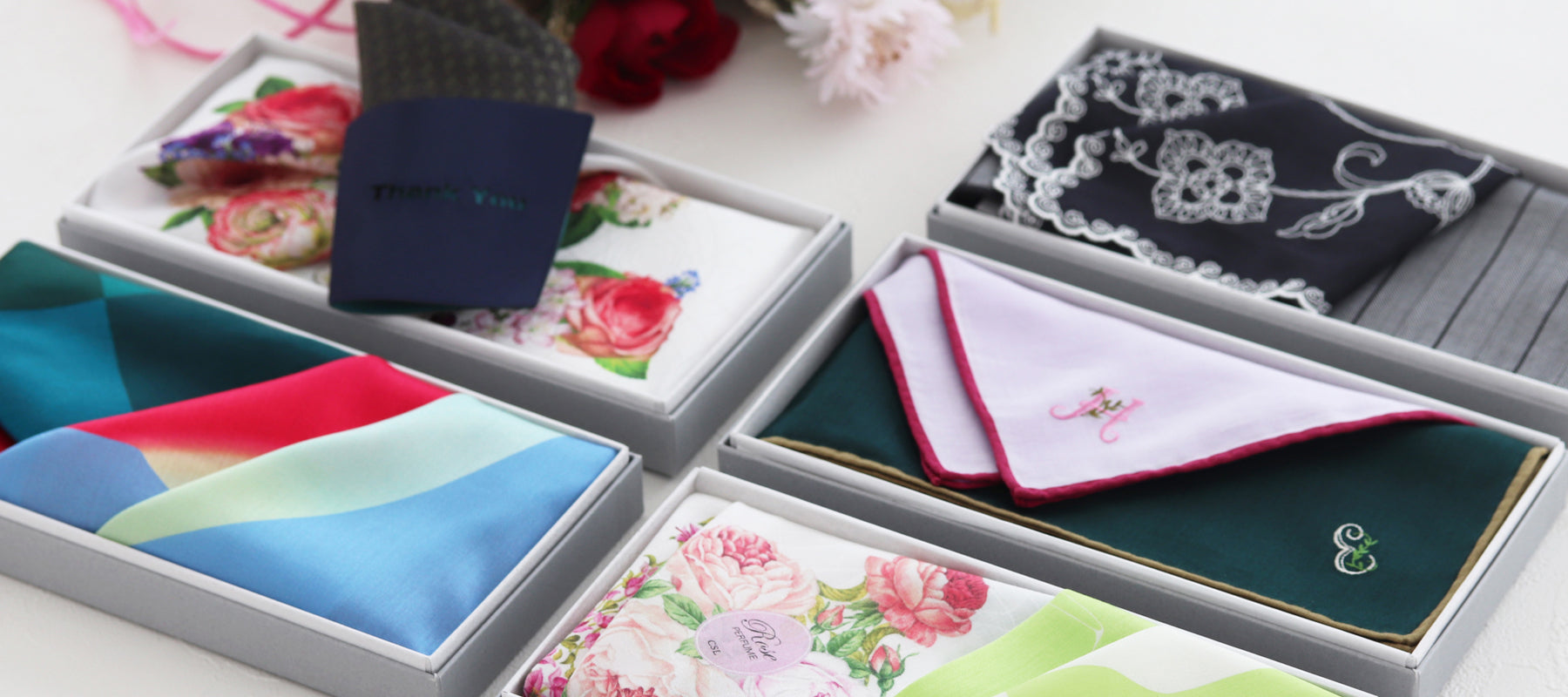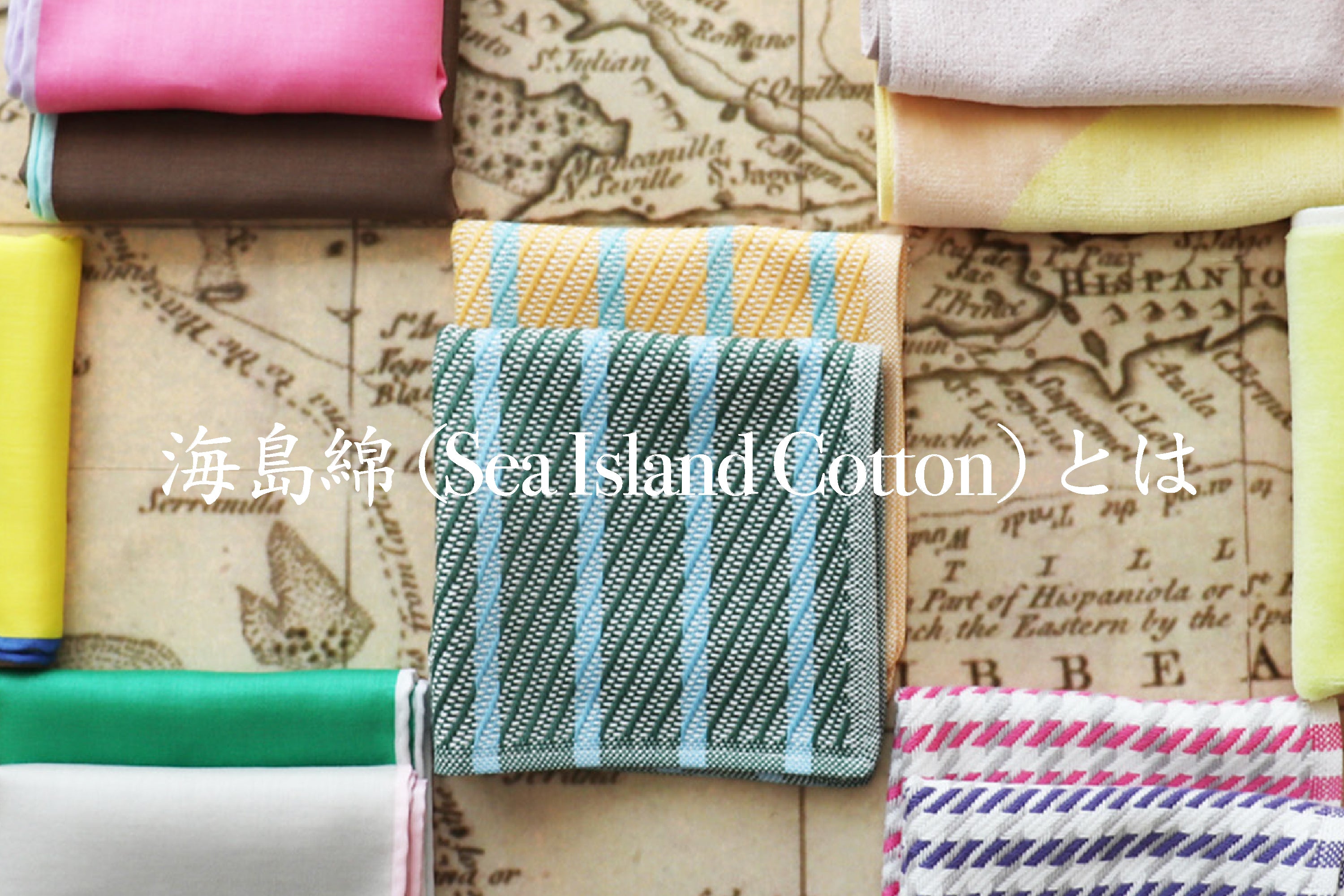
What is Hemp?

What is Hemp?
Hemp is a type of hemp, called "Oasa" in Japan, and has been used since the Jomon period.As Kunio Yanagida wrote in "Things before cotton" (1924), "...the simple old Japanese, if they had no cotton, had nothing else to wear but hemp.As he wrote in 1924, "In the simple old days, the Japanese had nothing else to wear but hemp, if they were to have cotton.
Since the postwar era, when cultivation was permitted, hemp is no longer produced in Japan, but it is still used to make hemp seeds for shichimi (seven spice) togarashi (red pepper), make-up for sumo wrestling, and shimenawa (sacred straw ropes used at shrines).
You may think that the same fiber as shimenawa (sacred rope) would be stiff, but advances in spinning technology have made it possible to spin hemp fibers finer, and hemp can now be used to weave soft and supple fabrics. It is tauter and more bulky (fluffy and soft) than linen, which is also a type of hemp.
※Kunio Yanagida, "Things before cotton" (Iwanami Bunko, 1979)

Three Attractions of Hemp
Water absorbency and quick-drying properties
Hemp is a porous fiber that is highly absorbent and desorbent of moisture. It absorbs moisture well and dries quickly, making it an ideal material for handkerchiefs. This is a characteristic inherent to this fiber, so it does not deteriorate even after repeated washing.
High strength
Hemp is a very strong and durable material. The bandages of ancient Egyptian mummies were made of hemp, and they are still in place today. Hemp gains strength when wet, is resistant to bacteria, and does not deteriorate easily when exposed to sunlight, so it can be used for a long time as long as you are careful about friction.
Sustainable Materials
Hemp is resistant to disease and pests and can be grown without the use of pesticides or chemical fertilizers because it grows even in poor soil. Hemp can grow to 2-4 meters in about 110 days, so there is no need to use herbicides. It also plays a role in cultivating the soil because of its deep and wide roots in the soil. It also absorbs a relatively high amount of CO2 while growing, and has been attracting attention in recent years as a sustainable plant.
Hemp is a plant that has nothing to throw away, as all parts of the plant (stem, leaves, and seeds) are useful. The stem bark is used for yarn and fabric, the stem core for fuel and building materials, the leaves for fertilizer and medical products, and the seeds for food. The biodegradability of natural fibers allows them to be returned to the soil, and they do not produce toxic substances when incinerated.
We wondered if there was anything we could do to make our handkerchiefs functional and easy to use, while at the same time helping to create a sustainable environment. With this in mind, we carefully select each material.

The hemp series, which we began selling in 2020, is woven slowly and carefully by a skilled weaver in Ichinomiya City, Aichi Prefecture. The handkerchiefs are about four times thicker than ordinary handkerchiefs and have a firm, comfortable feel that is unique to hemp fiber.
This material is especially recommended for people who like natural fibers such as linen and ramie, and for those who are highly concerned about environmental issues. They are well received as a match for both suit styles and casual wear, so we hope you will take one in your hands.


